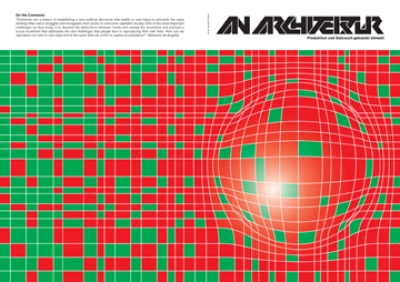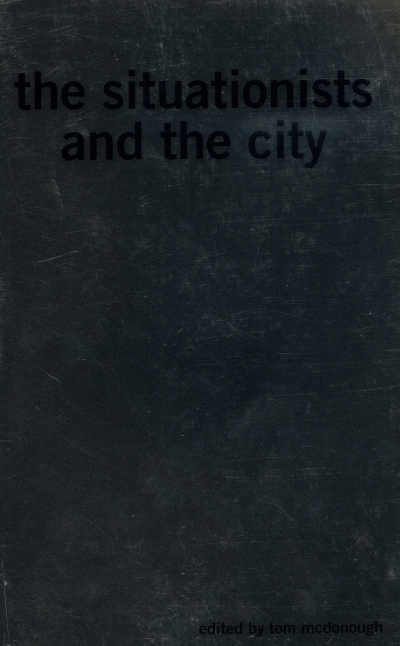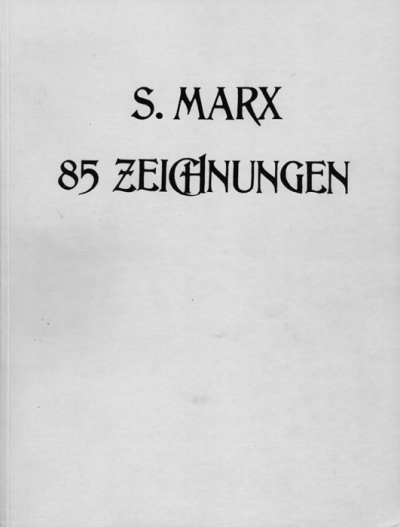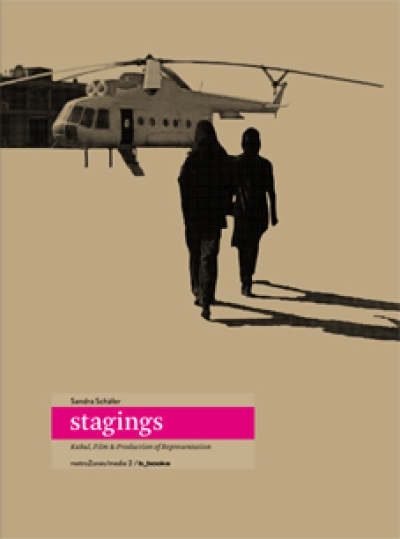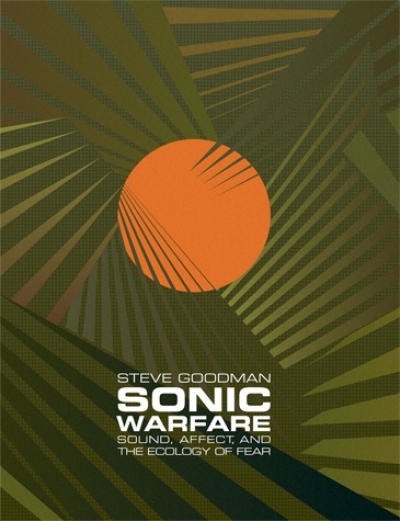
Le Langage Hypermoderne de l'Architecture
An ambitious and inspired undertaking on the part of young art historian Nicolas B. Jacquet, this book contains a lot of original thought. Along with a philosophical approach to the concept of modernity, the writer proposes a putting into perspective of the main currents that have shaped modern architecture, the aim being to outline what might be termed hypermodern architecture. Taking a radical stand against the condemnation of Modernism by the Post-moderns and the Deconstructivists, the first part of the book attempts to portray the Modern movement as an uninterrupted flow forward. Jacquet sees its impetus as carrying over into contemporary architecture in its many forms, the future of which - in spite of what critics so often say does not lack coherence and perspective. Following this overview of architectural theory and history, the second part looks at hypermodern built objects, with the author exploring their constructive qualities. Reviewing a superb array of hypermodern buildings, he defines seven design principles. Part three examines the design tools of this latter-day mannerism and its dialectics, opening to the question of what might follow hypermodernity. With its wealth of architectural references and rich iconography, this book reviews the inventiveness and creativity of the architects of today.
Language: French
Non, la modernité n'est pas à l'arrêt, pas plus qu'elle n'est une marche aveugle en avant, sans cohérence ni perspective. Quoi qu'ait pu en dire le mouvement post-moderne, elle bat au coeur d'une architecture contemporaine à la fois multiforme et en perpétuel devenir.
Voilà ce qu'avec énergie et vigueur il est dit ici, en particulier aux nouvelles générations, par une mise en perspective dont l'ampleur permet de relativiser la pensée de Charles Jencks, père fondateur du post-modernisme.
Puisant ses références aux sources de l'histoire de l'art et de la philosophie, l'approche n'en manque pas moins d'explorer la dimension concrète du projet architectural. Dans une succession d'édifices densément illustrée, émergent sept stratégies constructives touchant au plan, à l'enveloppe, au volume, à la surface, au milieu, à la forme et à la technicité, qui seraient autant de traits d'une architecture « hypermoderne ».
Le lecteur assiste à un voyage dans l'univers inventif et polymorphe de l'architecture de notre temps ; un voyage inédit à la rencontre de l'énergie créatrice de ceux qui, aujourd'hui, modèlent l'espace bâti.
























































































